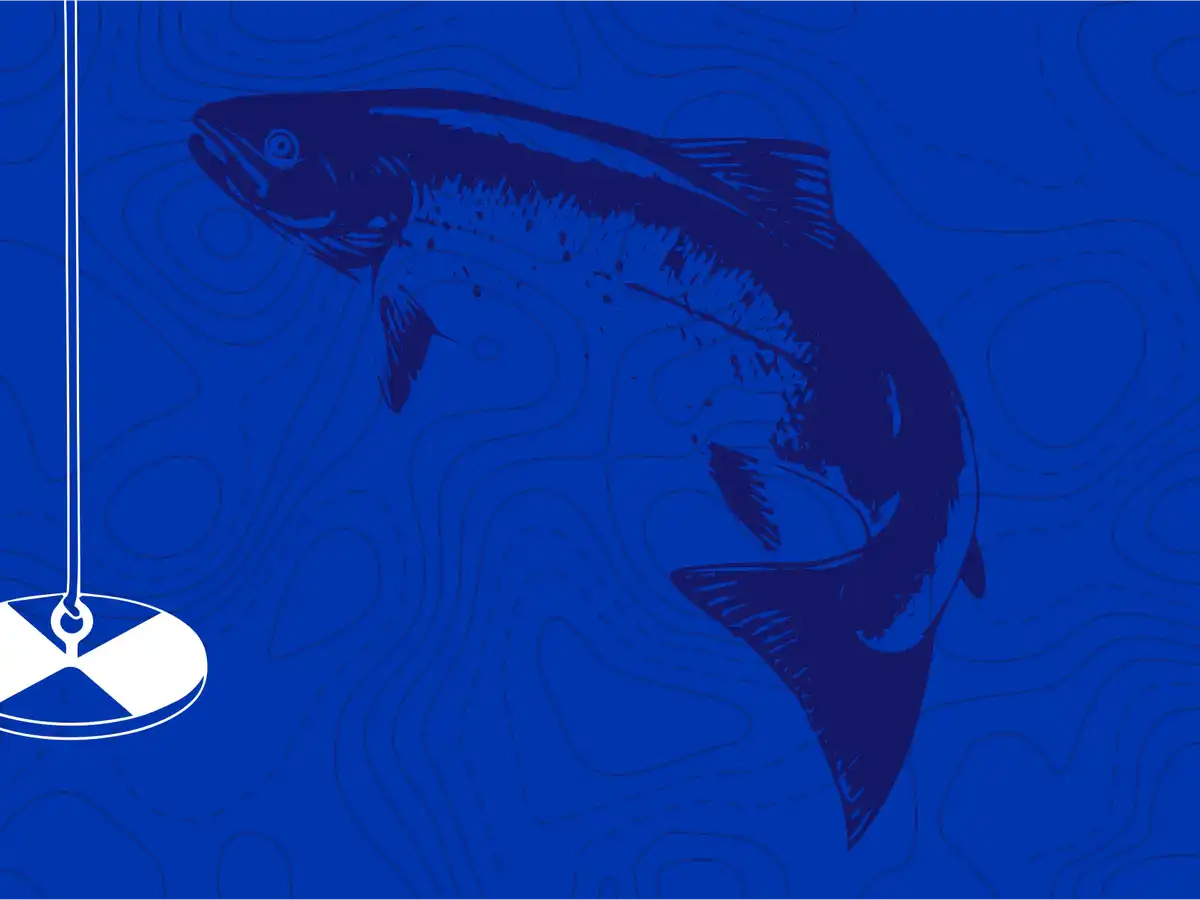
DataStream Launches New Interactive Guide to Water Quality
January 26, 2021
A new online tool helps explain how water quality is measured and why it matters.
The illustrated guide provides an introduction to some of the most important and commonly monitored aspects of water quality, including:
- physical properties, such as water clarity, pH and temperature
- chemical substances, like nutrients, metals, minerals and pollutants from human activity, and;
- biological characteristics, including coliform bacteria and chlorophyll
Taken together these types of measurements can give us an indication of how healthy the water is and, importantly, how it may be changing over time.
Alongside local, place-based, and Traditional/Indigenous knowledge, this information can support decision-making and action to help protect our waters, so they remain healthy for generations to come.

Illustrations throughout the guide help explain water quality characteristics in an accessible format, such as this one for freshwater conductivity.
To explore the water quality guide, visit datastream.org/guide.

The results are in! DataStream's 2023 external evaluation
We asked for your feedback, and you delivered! DataStream is pleased to share the results of our 2023 external evaluation.

Job Posting: Executive Director
The Executive Director (ED) will play a pivotal role in leading DataStream at an exciting time of growth.

Join DataStream's Pacific Data Drive
Do you collect water quality data in British Columbia or the Yukon? If YES, we want to work with you!